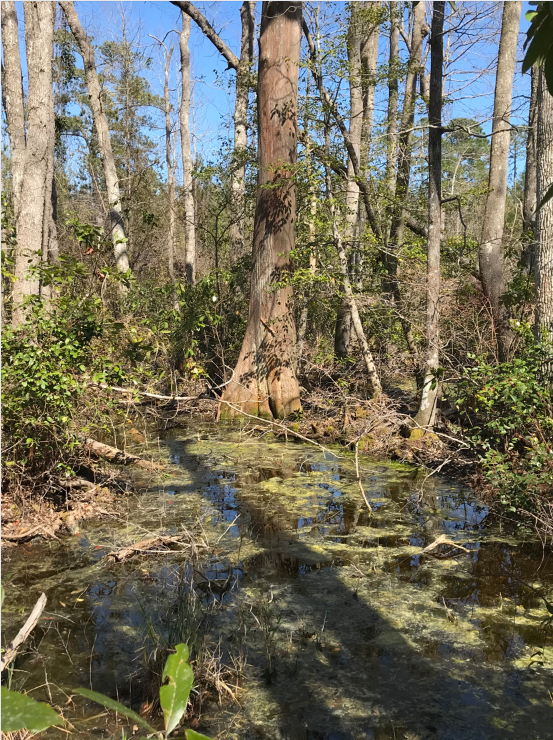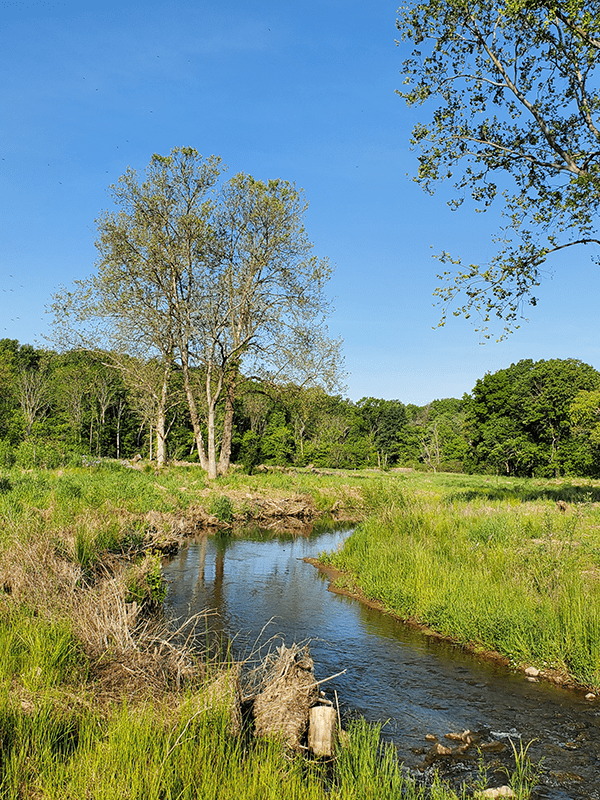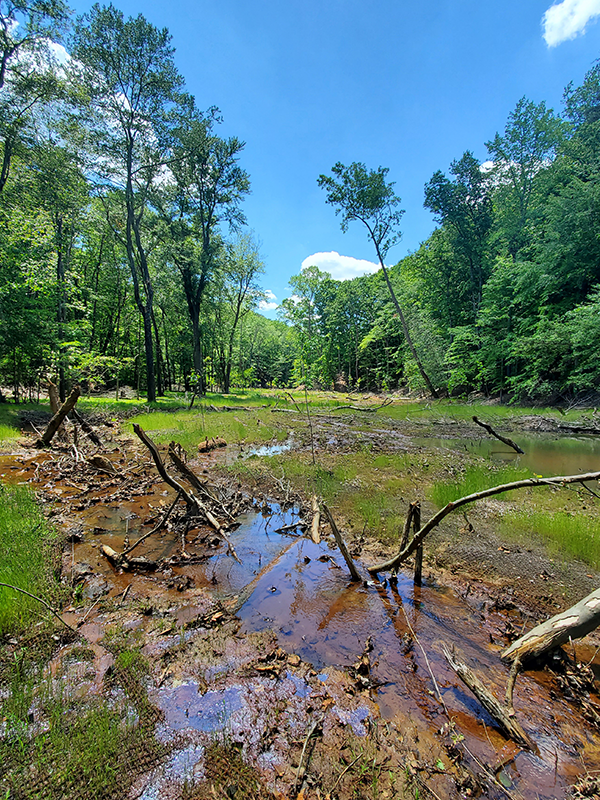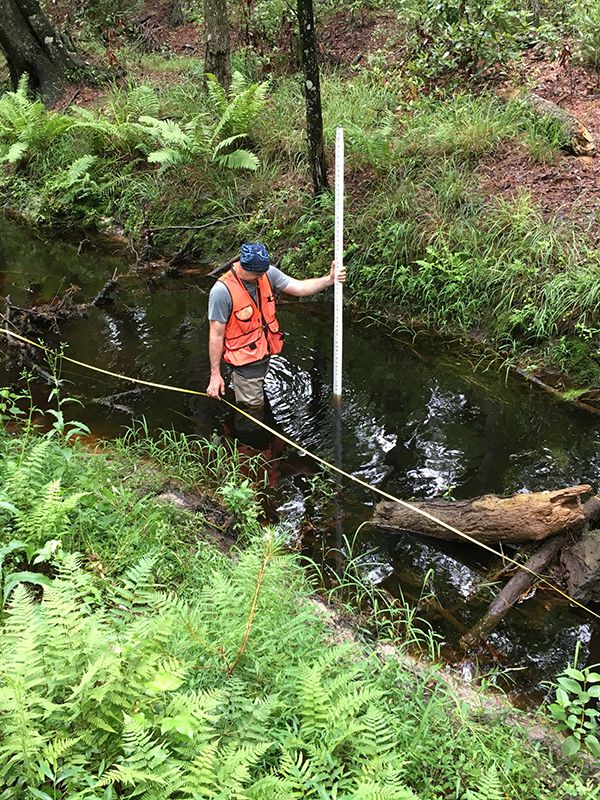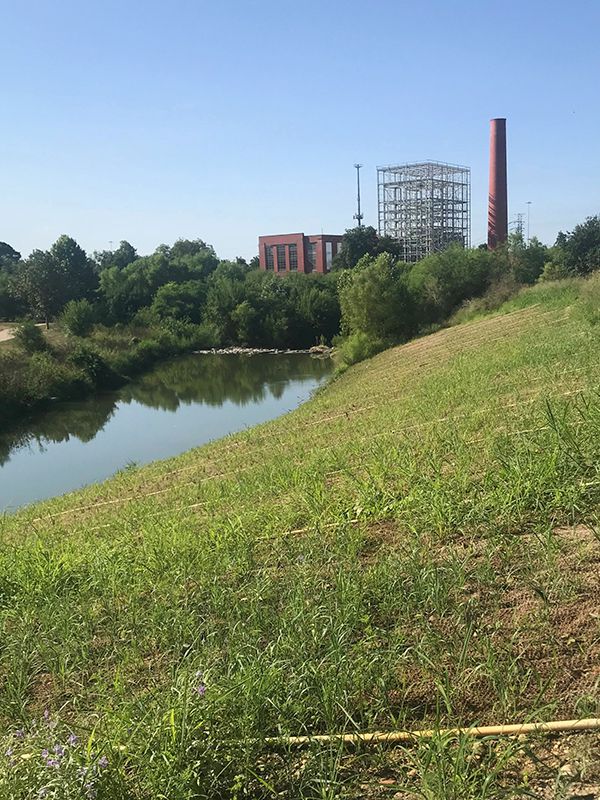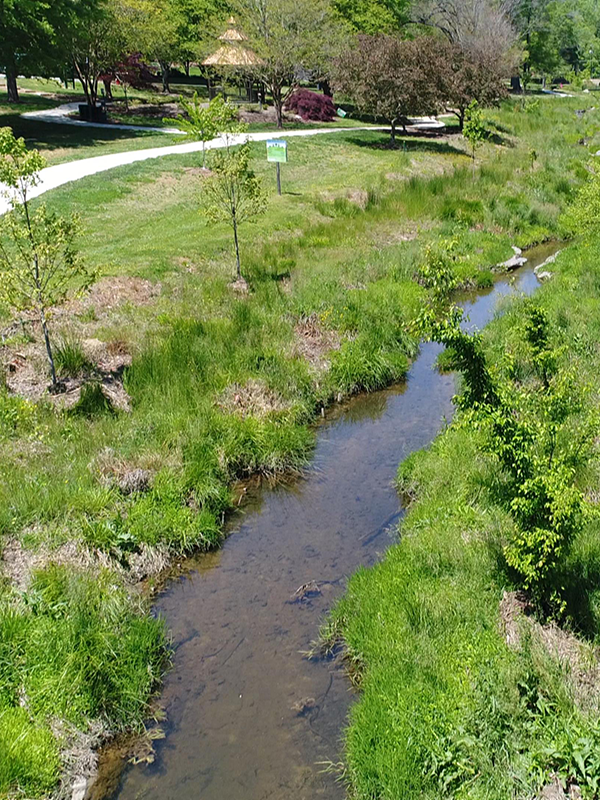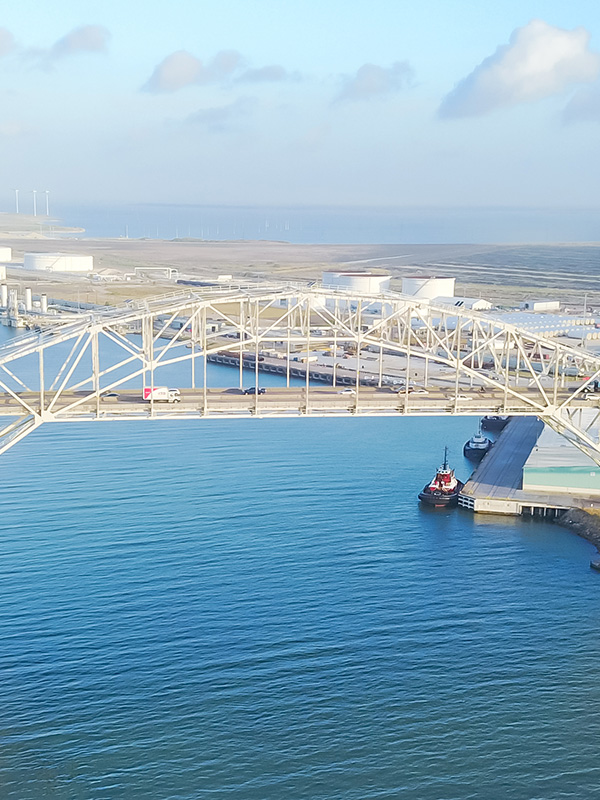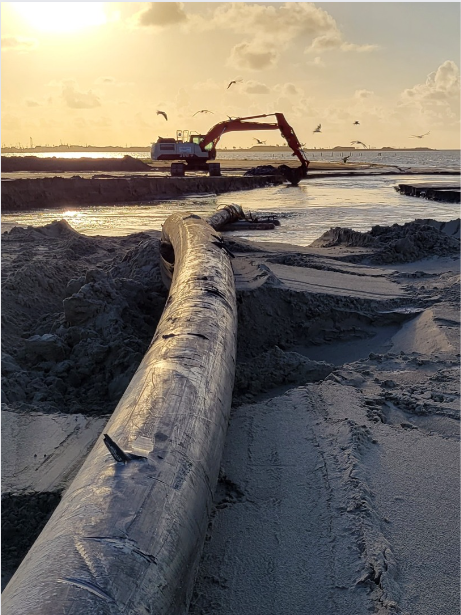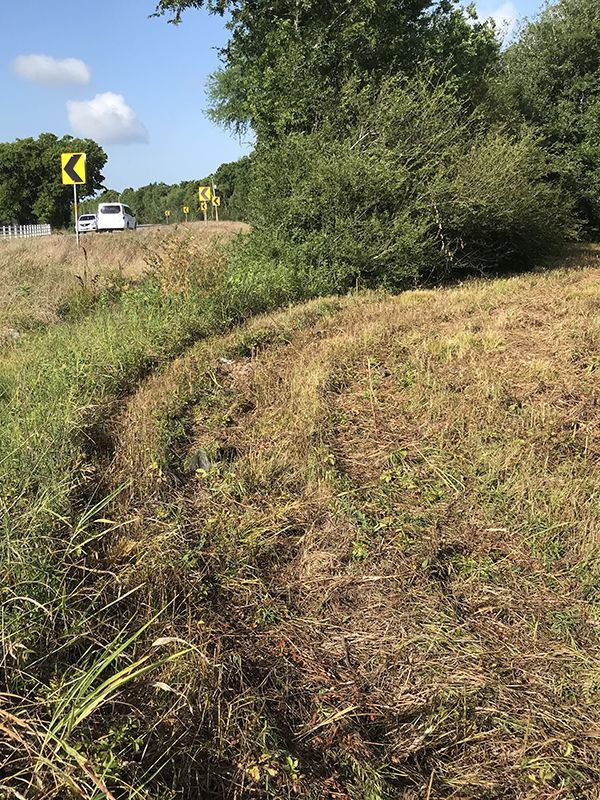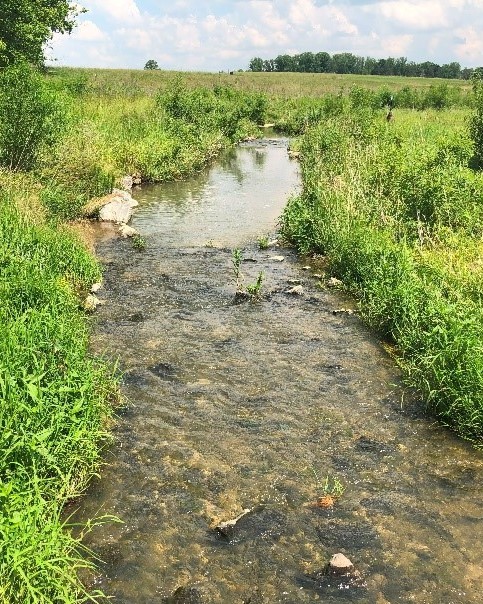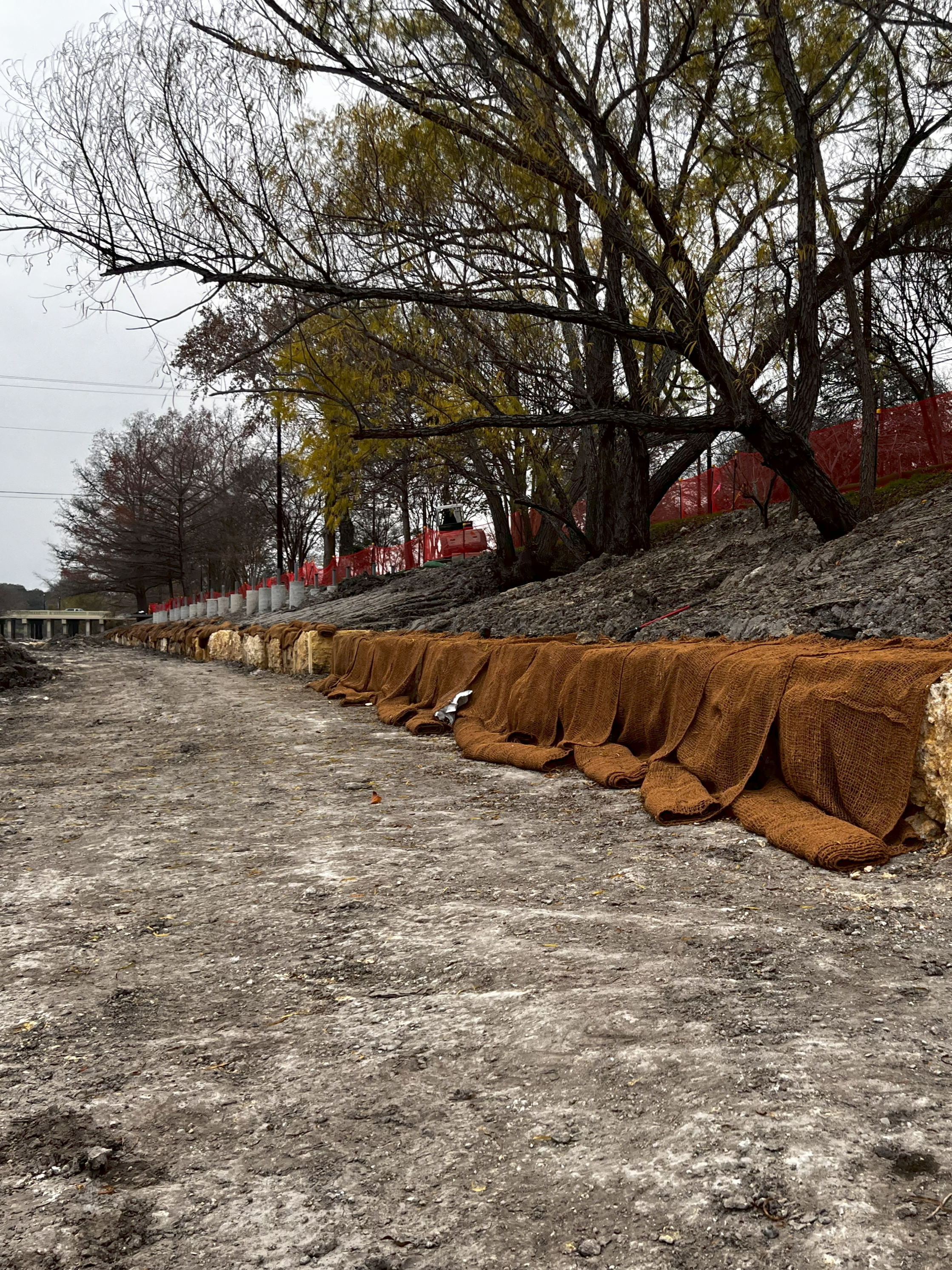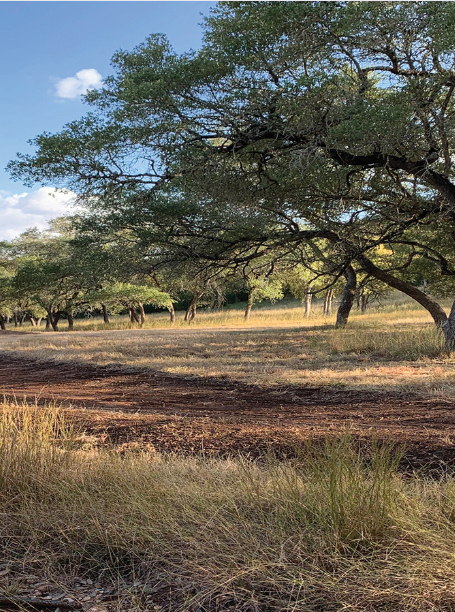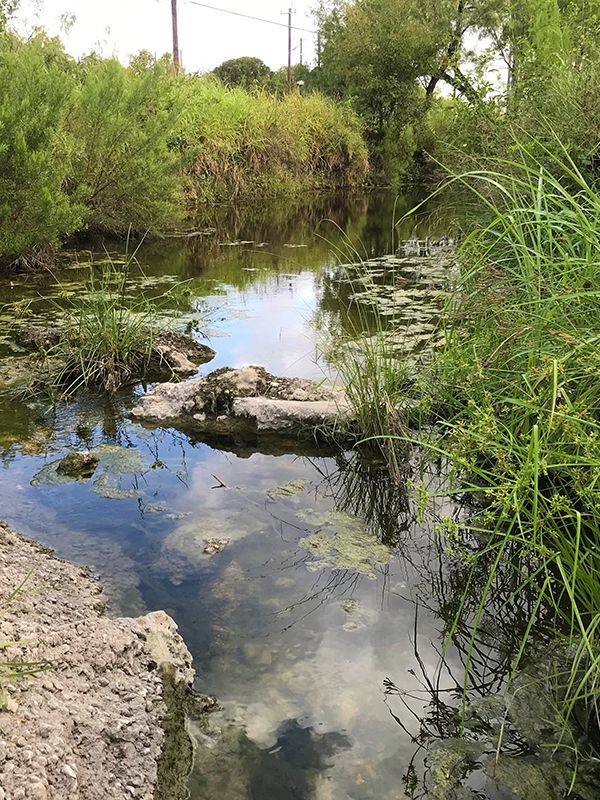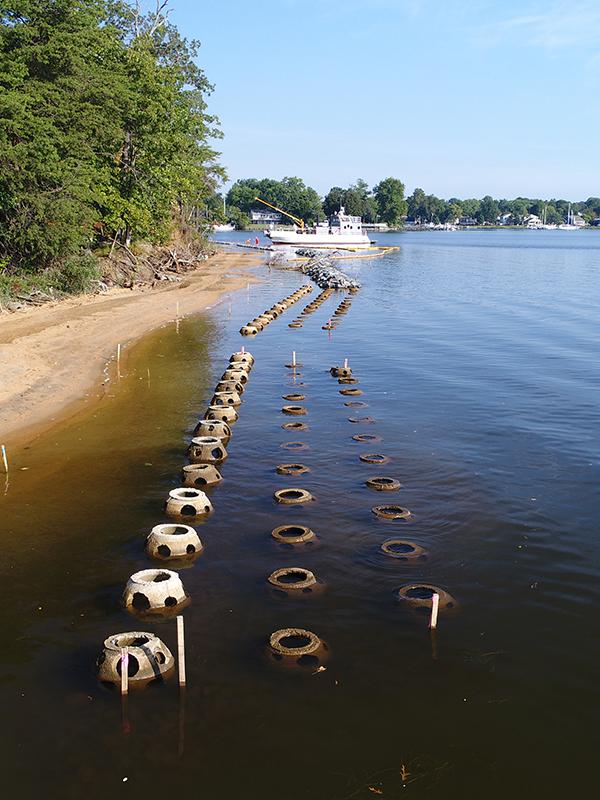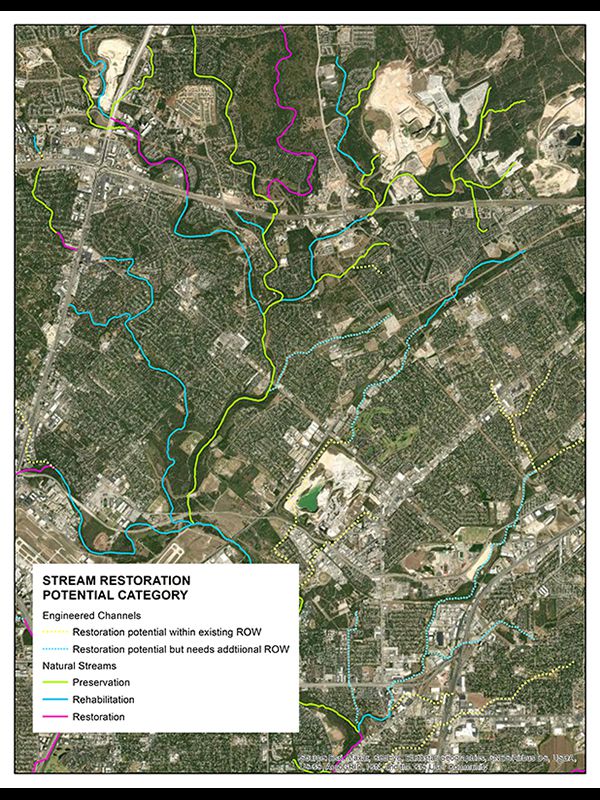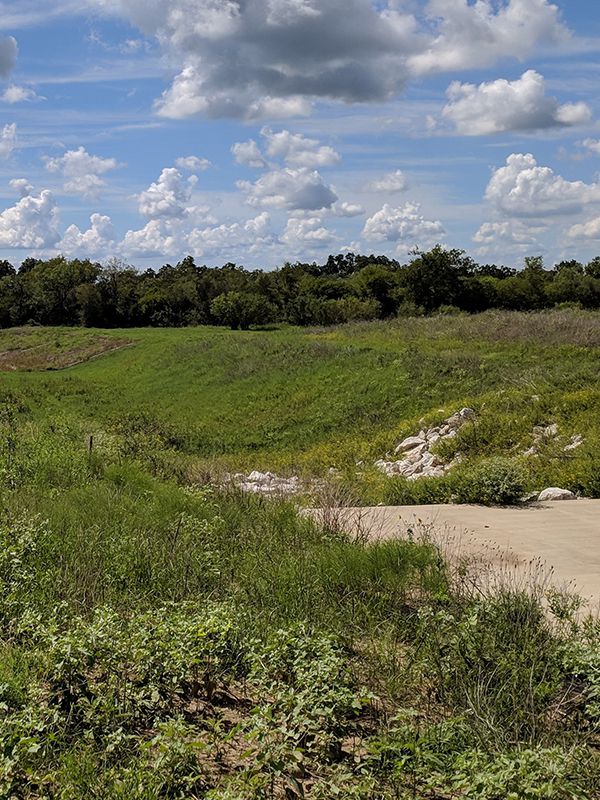Ecosystem Services
EPR believes that in most cases, natural and nature-based approaches are the most appropriate solution to restore ecosystem functions. Nature-based design and construction techniques have a growing track record of working in harmony with the natural tendencies of streams and other ecosystems. EPR has successfully applied these techniques to meet client goals under a wide range of conditions and challenges, using conventional approaches where necessary.
As a small business, we’re able to customize solutions to meet restoration objectives under a wide range of physical, social, and economic constraints. Our staff are trained and mentored to provide the best in project management and technical expertise in evaluating and assessing ecosystem functions, identifying sustainable solutions, preparing design and construction plans, and monitoring project success.
EPR staff have completed hundreds of ecosystem restoration projects throughout the eastern United States and Gulf Coast Region. We’re happy to share our experiences and discuss the possibilities for your restoration needs.
- Field Assessments & Field Data Collection
- Floodplain, Stream & Wetland Assessments
- Channel Stability
- Vegetation & Biological Inventories
- Function-Based Assessment, Stream Quantification Tool
- Total Maximum Daily Load Reduction Assessments
- Threatened & Endangered Species
- Wetland Delineation
- Forest Stand Delineation
- Mitigation Project Planning & Development
- Floodplain, Stream and Wetland Restoration Design
- Applied Research
- Regional Bankfull Channel Dimensions
- Reference Reach Data Collection
- Channel Morphology
- Watershed Characterization and Prioritization Plans
More information about EPR’s Ecosystem Restoration Services are also provided in our Corporate Brochure.
Environmental Planning
EPR believes that thorough planning protects both the natural environment and the needs of the public and nearby communities. Early and complete planning provides clear alternatives for the most sustainable solutions and investments, and avoids costly regulatory challenges that may delay project schedules.
EPR’s strength lies in our ability to evaluate early-stage proposals and designs, identify potential regulatory challenges, and advise clients on appropriate options that meet their project goals. Our planning and permitting staff are trained in planning policies and regulations and stay updated on the latest changes at the national, state, and local levels. EPR scientists and technical staff have access to the most current methods and technologies to provide the highest quality data and information to support environmental planning and meet agency requirements.
EPR has received environmental clearance for a host of complex environmental planning documents under the National Environmental Policy Act (NEPA). Our federal and state agency coordination and permitting expertise has ensured that projects are carried out in the most responsible, transparent, and sustainable manner. EPR can help your project succeed with expert planning and regulatory assistance.
- NEPA Environmental Documentation
- Environmental Impact Statements (EIS)
- Environmental Assessments (EA)
- Categorical Exclusions (CE)
- Watershed Management & Implementation Plans
- Turn-Key Mitigation Planning
- Landscape Architecture & Concept Renderings
- Permitting Applications & Process Assistance
- USACE Section 401 & 404 Permits
- Section 10 Permits
- State/Federal Rare, Threatened & Endangered Species Permits
- Notice of Intent (NOI) Permits
- Sedimentation & Erosion Control Plan Permits
More information about EPR’s Environmental Planning and Permitting Services are also provided in our Corporate Brochure.
Water Resources Engineering
EPR believes that protecting the relationship between man and water is best served by understanding natural processes, community needs, and ecosystem services provided to the community by the environment. Consideration of these factors offers sustainable, long-term solutions to protecting water resources, life, property, and community well-being.
EPR’s engineers and scientists have experience living and working in a wide range of natural environments, from coastal plains of the eastern seaboard and Gulf of Mexico to the arid southwest. Our water resources staff are trained in, and understand, the natural processes of inland and coastal environments. EPR staff uses a variety of tools to engage and understand client needs, stakeholder interests, and regulatory requirements. We bring a deep understanding of natural resources together with community needs to ensure the most appropriate and sustainable options are considered for every project.
EPR has produced local- and watershed-scale studies, analyses, and engineering designs for public and private client projects. Our expertise is shared through project-specific workshops to help clients, regulators, and the public understand these complex systems and to gain support for balanced, sustainable solutions. EPR’s staff are ready and able to help your water resources project succeed.
- Hydrologic & Hydraulic (1D/2D) Modeling
- Sedimentation & Erosion Control Design
- Channel Stabilization Design
- Scour Analysis
- Watershed Master Planning
- FEMA CLOMR / LOMR & Permitting
- Floodplain & Stormwater Management Design
- Low Impact Development (LID) Analysis & Design
- BMP Analysis & Design
- Earthen Dam Design
- SWPPP Preparation & Construction Inspections
- Detention / Retention & Dam Breach Analysis
More information about EPR’s Water Resources Engineering Services are also provided in our Corporate Brochure.
Data Science and GIS
EPR recognizes that to establish itself as a front runner in the environmental sector, it is imperative to provide clients cutting-edge technologies. The environmental sector is increasingly embracing big data analysis, and EPR is in the forefront with a specialized department focused on Geographic Information Systems (GIS), web application and tool development, and data analysis. By combining technology and environmental sciences, we can provide our clients with a distinctive and unparalleled experience.
EPR is of the opinion that spatial data enables an entirely new perspective on environmental challenges. We provide an extensive array of technology-driven services with a specific emphasis on spatial data. These services are delivered via web applications, conventional GIS analyses, bespoke tools, automation, and data management.
The proficiency of our personnel in emerging technologies enables us to thrive in various aspects while maintaining a steady stream of superior quality and value products. Our products assist decision-makers through the provision of information that is succinct, transparent, and easily assimilated. EPR has the resources and knowledge to assist you in accomplishing your goals, whether your project involves monitoring large data, automating reports, analyzing time-consuming GIS constraints, or cleaning and managing data.
- Data Science
- Machine Learning
- Custom Automation and Data Integration Tools
- Data Mining and Statistical Analysis
- Business Intelligence
- Data Cleaning, Analysis, and Reporting Pipelines
- Geographic Information Systems
- Stream Network Modeling
- Digital Elevation Model Creation & Analysis
- R Shiny Dashboards and Applications
- Informatics
- Geo- and Bioinformatics
- Semantic Data Modelling
- RESTful API Design
- Web Application Development
- Metadata Management

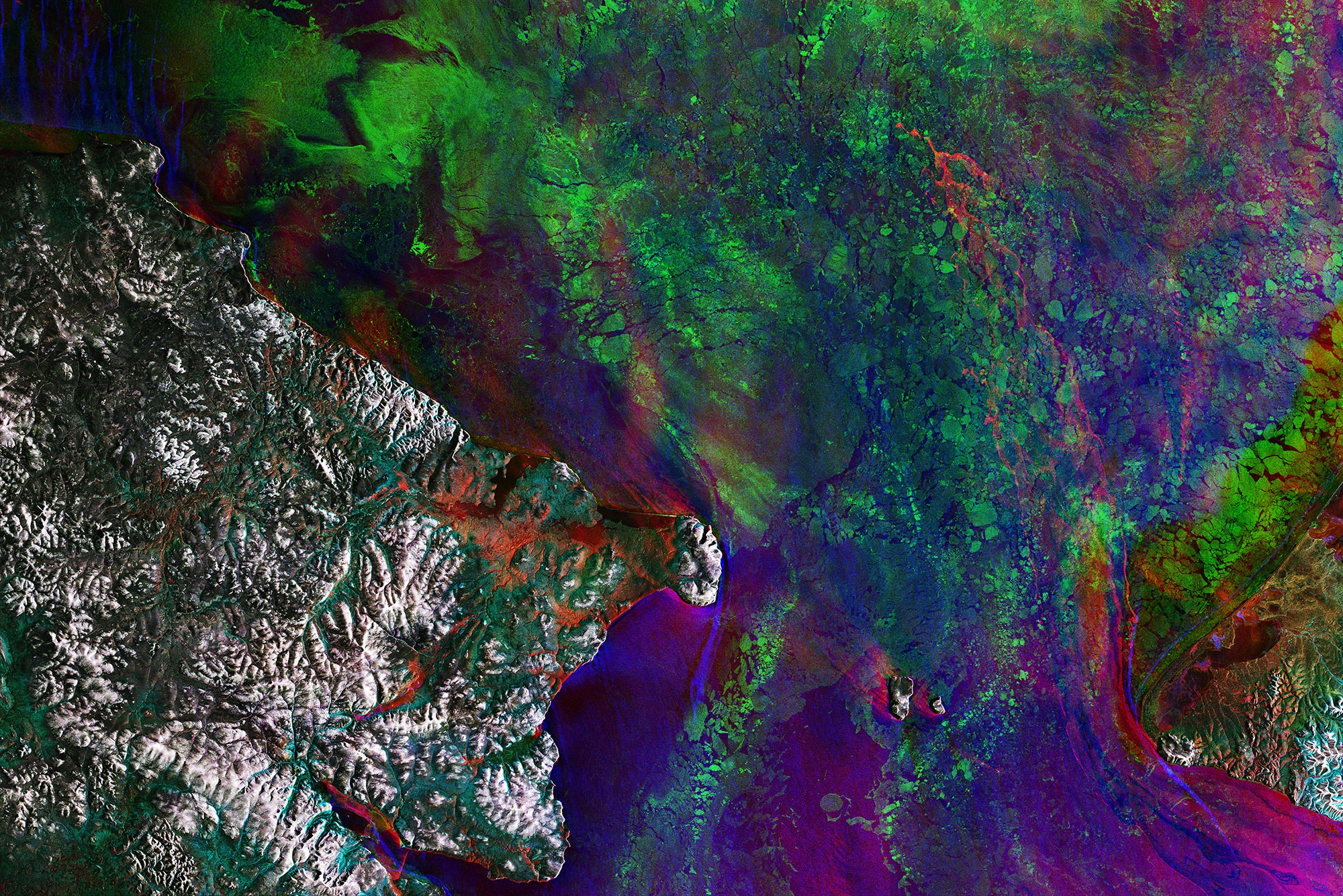
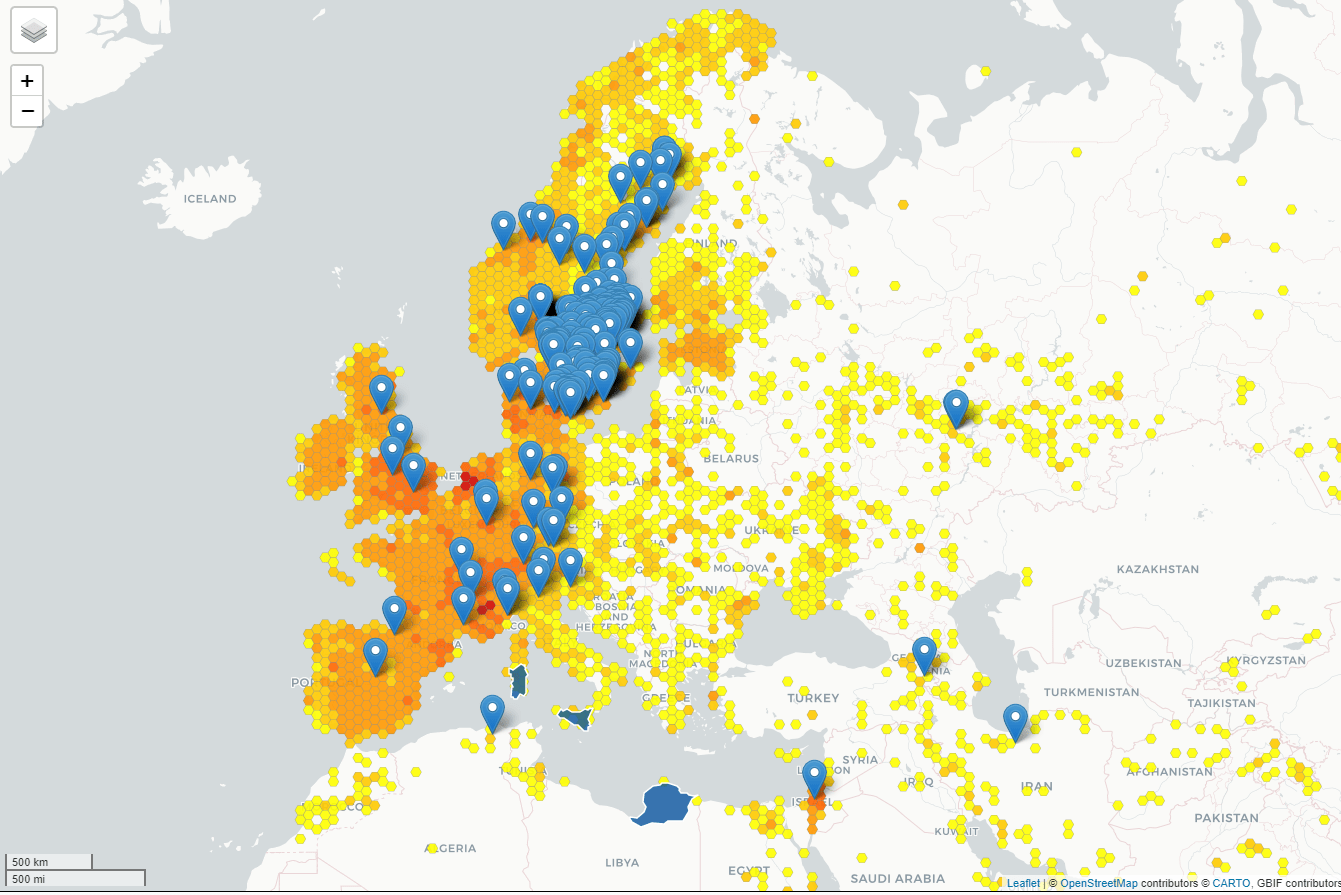
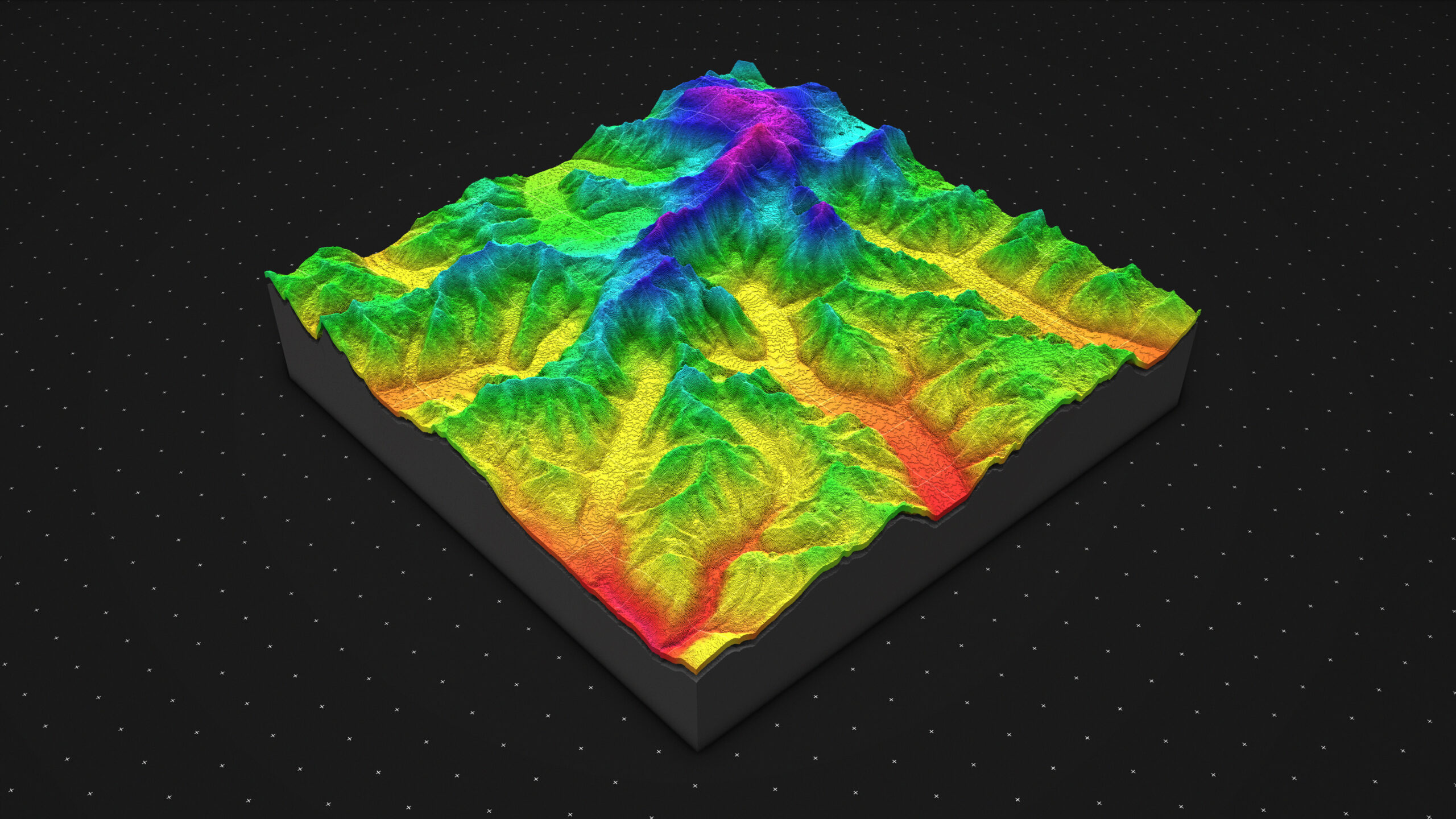
Biological Surveys
Biological surveys are a crucial service EPR provides to help maintain and improve the health of our natural environments. A biological survey is a scientific study aimed at assessing the condition of an ecological resource, such as a water body, forest, or grassland and/or the plants, animals, and other organisms that use them. Balancing protection of these resources with the needs of a growing economy is especially challenging. From land development to flood control, to transportation, to stream and wetland restoration, our experience spans the full spectrum of project types. EPR staff specialize in all areas of natural resource management, including planning, mitigation, and permitting, that are necessary to achieve project success while appropriately managing potential impacts to terrestrial and aquatic species and their habitats.


